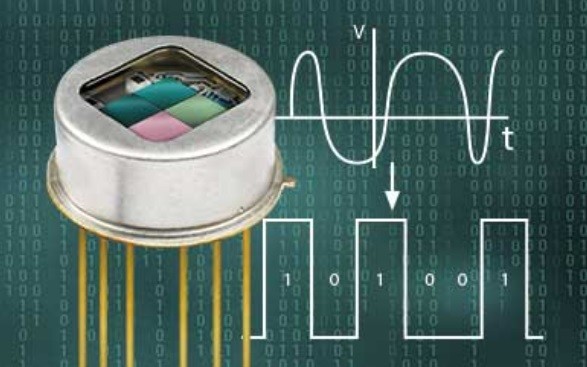
InfraTec will participate in the 2022 Korea Electronics Manufacturing Industry Exhibition and Automotive Wall Korea (EMK 2022) at COEX in Samseong-dong, Seoul from April 13 (Wed) to 15 (Fri) to showcaseintroduce The pyroelectric detector agent.
The InfraTec infrared sensor and measurement technology company was founded in 1991 and has its headquarters in Dresden, Germany. The privately held company employs more than 240 employees and has its own design, manufacturing and distribution capabilities.
InfraTec has been developing and producing pyroelectric detectors for over 30 years now. They have been tried and proven for numerous demanding customer applications in recent decades. “However, to reduce the expenditure for customers and to facilitate the system integration of a detector, InfraTec has developed the digital pyroelectric detector (LRD),” says CEO of InfraTec Dr Matthias Heinze.
An overview of the digital detector
Like all detectors from InfraTec, the digital detector is based on lithium tantalate (LiTaO3) and is used in the field of gas analysis and flame detection. It enables complete flexibility in the configuration of the detector parameters and therefore variable signal processing. In addition, it offers improved electromagnetic compatibility (EMC), as the entire signal conversion of the detector is spatially concentrated and shielded. The digital detector offers a wide range of further benefits.
It is equipped with a clock input (pin) to synchronise the radiator and the detector clock. This means that a time signal with a highly precise sampling rate can be generated. An additional, special feature is the „fast recovery after saturation “. This function detects the override due to a defective operating status and automatically resets the analog input stage.
The digital detector converts the analog signal with a 16-Bit resolution directly into a digital signal. The analog signals can be multi-stage adjustably filtered and strengthened. The complete signal processing is performed via an ASIC (application-specific integrated circuit) with integrated A/D-converter, whereby the analog input stage acts like a transimpedance amplifier. Users receive a digital measurement signal, which can be read out via a standard communication interface and processed immediately.
Two completely different detectors
The digital detector will expand the portfolio comprising analog detectors in the future. Which of the two variants is used, depends mainly on the complexity of the measuring tasks. Both detectors have their strengths and offer different benefits.
Electronic Times Internet Reporter Eunjung Judy Yu(judy6956@etnews.com)